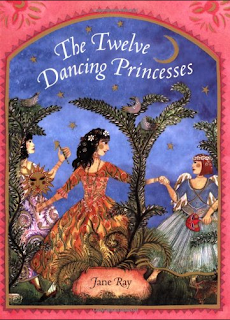As part of Personal
and Professional Practice we were asked the plan how we might make contact with
someone that we admire. I have chosen the creator of a podcast called Welcome
to Nightvale. It is very difficult to describe Welcome to Nightvale but the
essence of it is that it is done in the style of the first war of the worlds
radio show; it is as if we are listening to the local radio show of a small
town in western north America. Apart from this the best way I can describe it
is bizarre. There is a URL below which you can use to listen to it your self.
http://podbay.fm/show/536258179
The main reason I
admire Joseph Fink is because he and the rest of the people working on the show
do it in their spare time, they all have full time jobs as well and started the
project off out of their own money. I may just add here that the podcast is
free so after the show was started they pay for productions costs from
donations made by their fans.
Joseph Fink acted as
the catalyst for this project and is still one of the main writers. The
attributes that make me admire him are things that are all shown through the
creation of welcome to Nightvale. To start with I love the fact that he had so
much enthusiasm to create something that would entertain and amaze people that
he does it off his own back just with a group of friends with the money they
can scrape together. It is hard to come across people who are truly
enthusiastic and passionate about something and I find it really refreshing
that he is. I also love the fact that he has collaborated to create something
wonderful, it reminds me that people can collectively produce something that
the individual couldn’t dream of.
Easily the biggest reason, however, is the content of the podcast, its
random unpredictable weirdness constantly keeps the listener on their toes.
This original and different way of thinking that is communicated by the content
of the show amazes me, and most of all I wish I could think like that. Listen
to just one episode and you will understand what I mean.
How Would I make
Contact With Him:
As previously
mentioned the show is maintained by donations made by fans. On the end of each
episode they make an announcement thanking a few of the people that made donations,
this is because you can write a message with a donation. I could write a
message and a specific question (to show a close interest) and my email. This
could start a correspondence. However, I also feel that it would seem like I
was paying him to answer a question as if I expected him not to be a nice
enough person to just answer one I emailed him. Another idea is to write him a
letter by hand, this shows that time and care have been spent, once again
asking a specific question or two in a conversational tone.
If I had to illicit a
response in 24 hours I might use email instead, finding it on their web page,
but structure the email in a letter like way and possibly in a slightly more
friendly tone than the letter because email is a cold and distant medium
through which to communicate.




